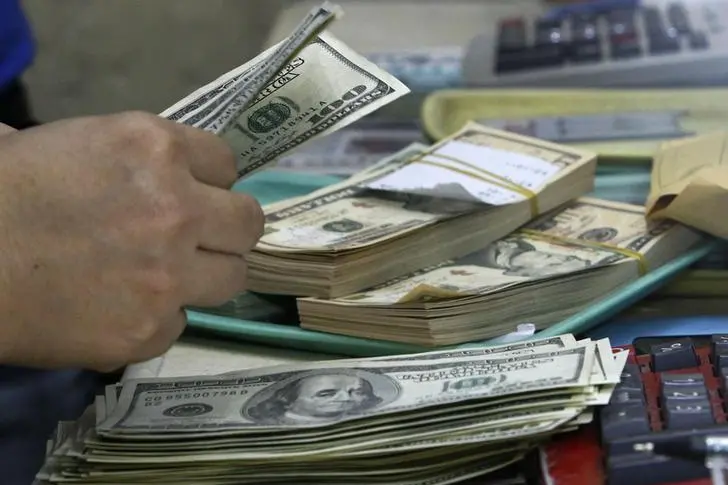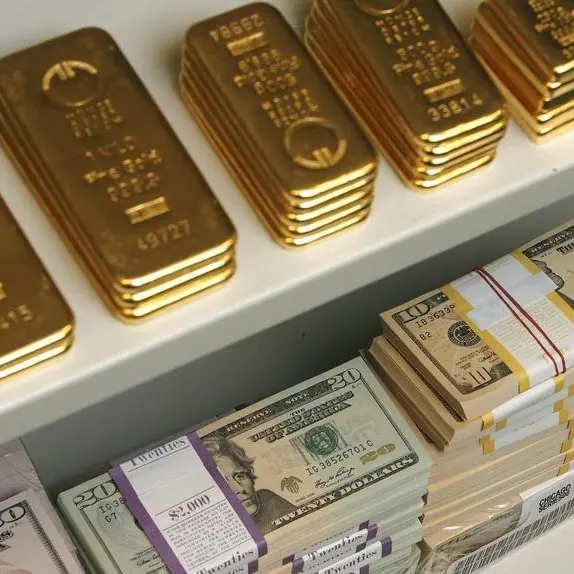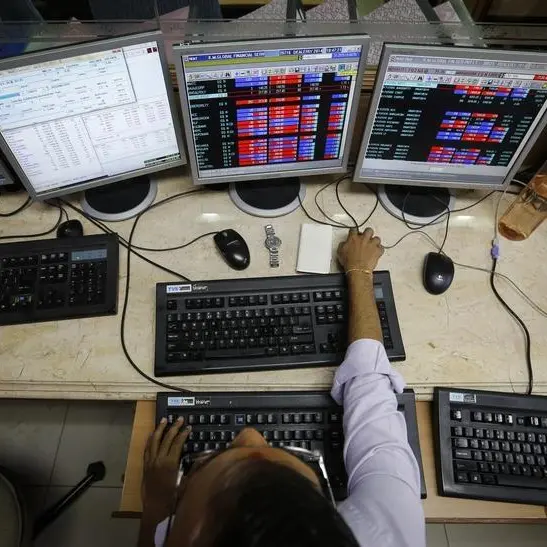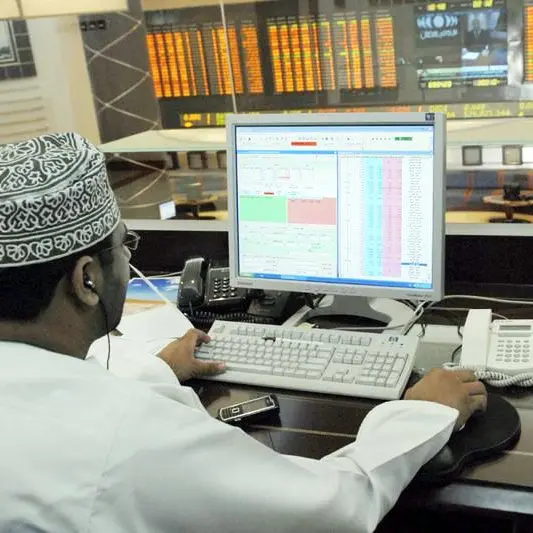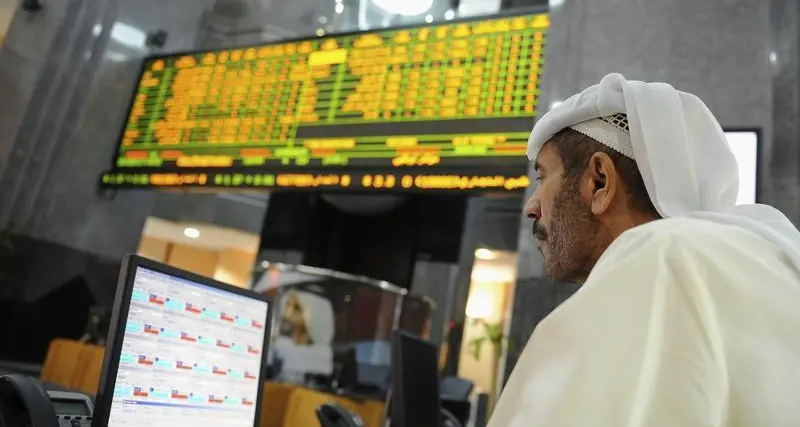PHOTO
LONDON - The dollar fell on Thursday as Treasury yields continued to plumb new lows and investors bet the Federal Reserve would cut interest rates to offset the impact of the spreading coronavirus, lifting the euro to its highest in more than two weeks.
Money markets are now fully pricing in one 25 basis point cut in the Fed's rate by April and three by March 2021.
Expectations for a European Central Bank rate cut have also risen; money markets now price a more than 80% chance of a 10 basis point rate cut in July.
But analysts point out that, with United States rates much higher, and therefore the scope for them to fall much larger, investors are reversing out of the dollar.
"Rate cut expectations have gained momentum and U.S. rate expectations are falling a lot more than they are in the euro zone," said Thu Lan Nguyen, an analyst at Commerzbank.
Whether or not the dollar retreats further depends on economic data on the coronavirus's impact on confidence and trade outside of China, Nguyen said.
The dollar index dropped 0.4% to 98.658, its weakest since Feb. 12.
It has shed 1.2% since last week, when it touched a near 3-year high thanks to its safe-haven currency credentials and investors' belief that the U.S. economy was relatively sheltered from the coronavirus fallout.
The euro rose 0.6% to $1.0948. Last week it had dropped below $1.08, although it remains down 2.4% so far in 2020.
One-month volatility in euro/dollar, which was near record lows, has shot up to its highest since early October.
New coronavirus infections are now growing faster outside China than within, stoking fears that the economic impact on supply chains and consumer demand might be far greater than previously anticipated.
Investors have rushed for the safety of U.S. government debt. Ten-year U.S. Treasury yields slumped to a record low of 1.289%.
The dollar dropped 0.5% to 109.93 Japanese yen before recovering to 110.11 yen.
ING analysts said the dollar's medium-term outlook remained positive.
They said that the closed nature of the U.S. economy left it less exposed to a coronavirus-induced global downturn, and with the pace of any Fed response unclear, "we think it is too early to pencil in a trend reversal and more meaningful USD weakness".
The British pound gave up earlier gains and slipped 0.2% against the dollar to $1.2877. The euro rose 0.8% to 84.97 pence, its highest in more than two weeks.
Sterling weakened as Britain launched its mandate for trade talks with the European Union.
China's offshore yuan strengthened to a one-week high, with the dollar down 0.1% at 7.010 yuan per dollar.
The Australian dollar, seen as a proxy for investor sentiment towards China, rebounded 0.5% to $0.6572, away from 11-year lows touched on Wednesday.
(Editing by Kevin Liffey) ((thomas.wilkes@thomsonreuters.com))
